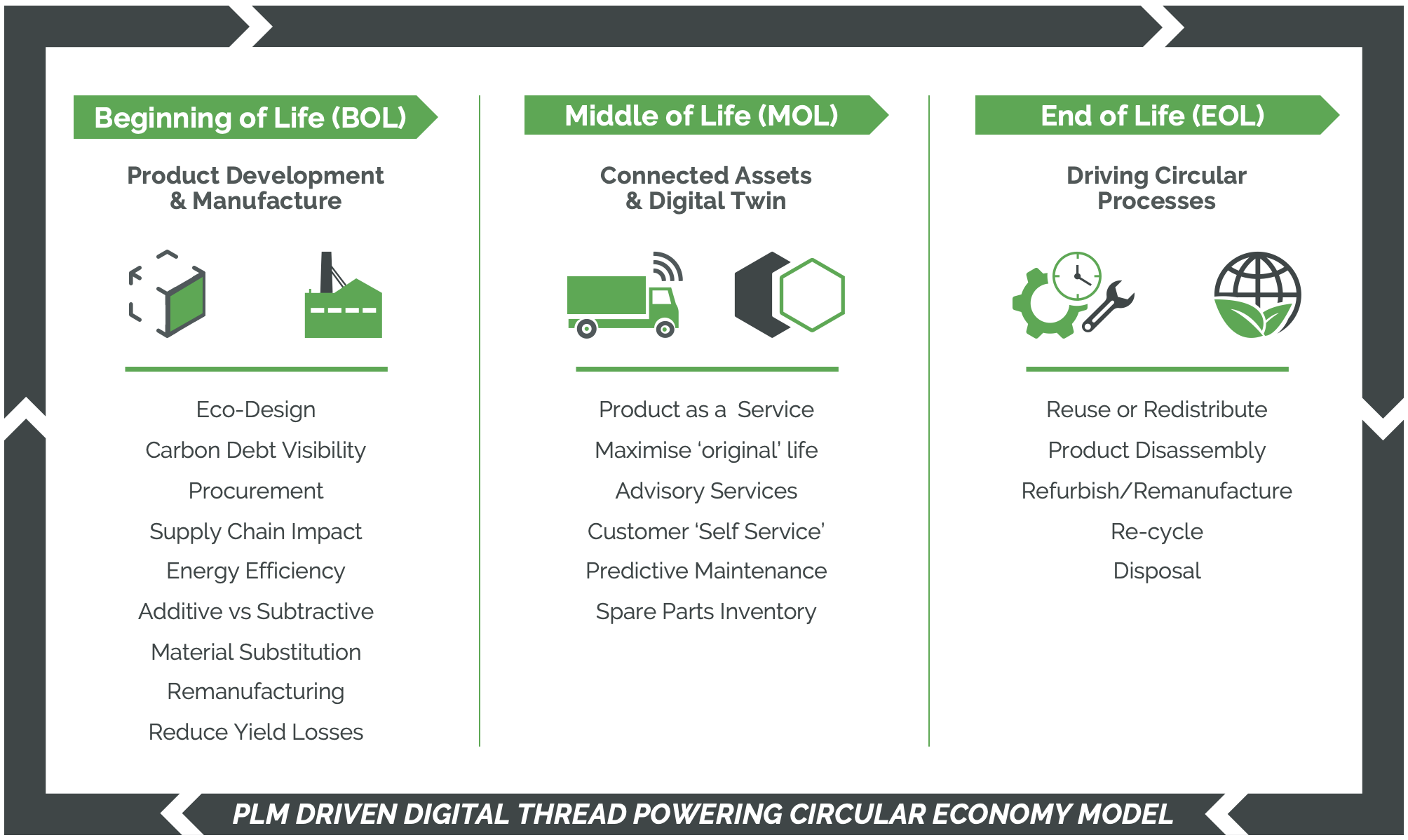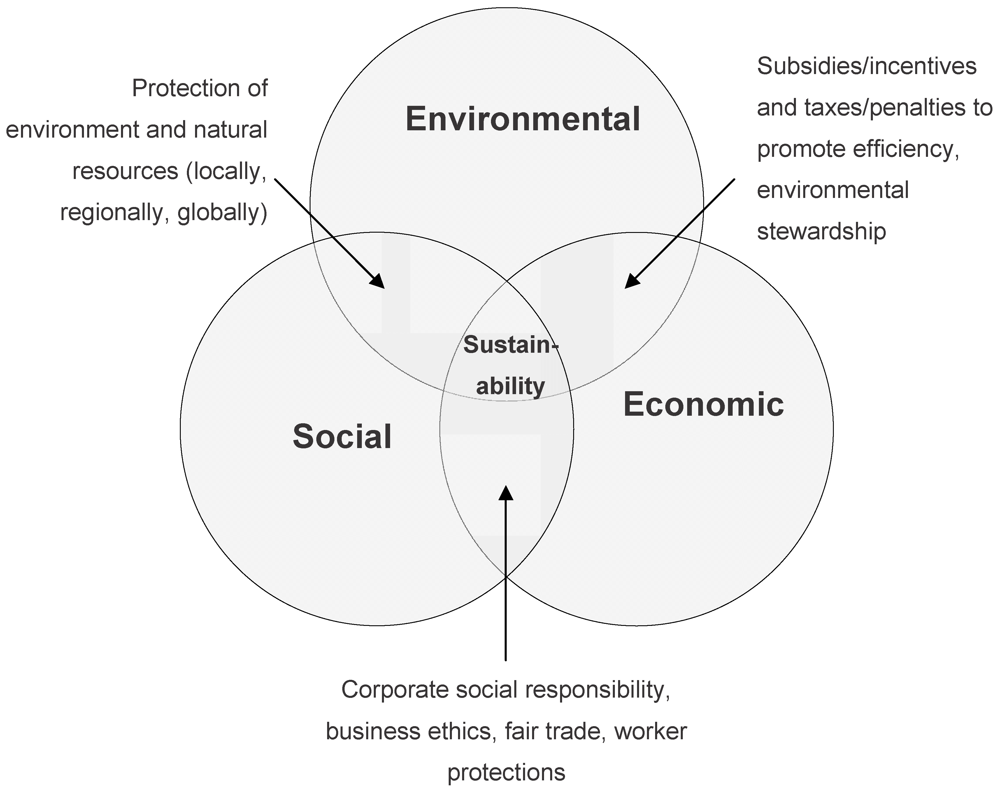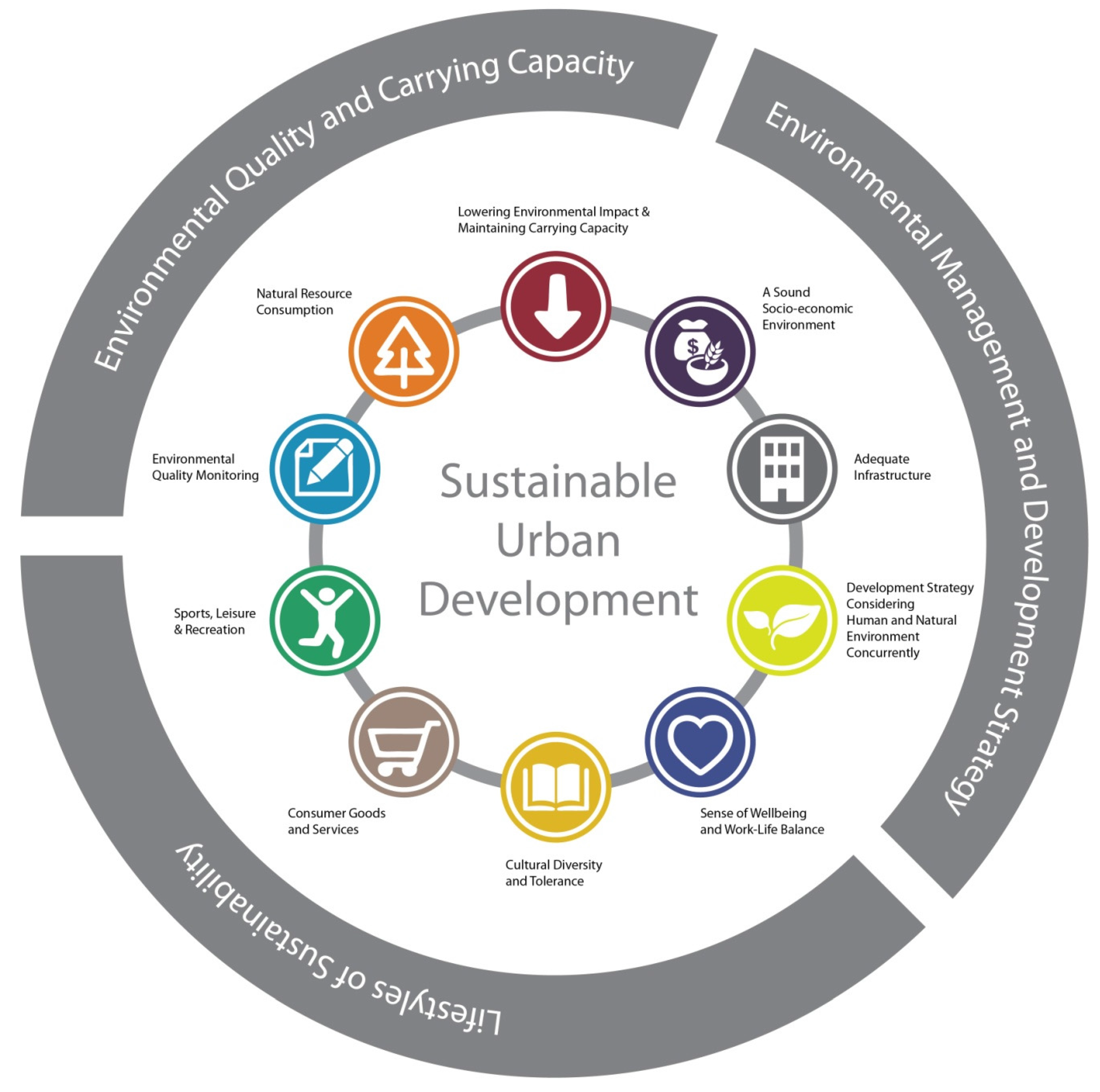Table Of Content

When universal design principles are applied, products, services, systems and environments meet the needs of potential users with a wide variety of characteristics such as disabled or non-disabled, age, gender, capabilities or cultural background [12]. Universal design increases the potential for developing a better quality of life for a wide spectrum of users. Steinfeld and Maisel [106]; Petrie et al. [90] argue that it creates products, places and systems that reduce the need for special accommodation and many expensive hard to find assistive devices. The authors also advance that it reduces the stigma by putting users with disabilities on an equal playing field with non-disabled population. Eco-innovation is the design and development of products and processes that contribute to sustainable development, applying the commercial application of knowledge to elicit direct or indirect ecological improvements.

Solar panels

To further optimize the product for sustainability, it can be simulated alongside related production systems to identify manufacturability or energy consumption improvements before making real-world investments. Accessible design exploration allows for hundreds of design options and pushes the boundaries of sustainable innovation. It can also remove time-intensive reworks, giving rise to adopting more innovative technologies and materials.
Design for sustainability - Dassault Systèmes
Design for sustainability.
Posted: Thu, 25 May 2023 16:58:44 GMT [source]
Author Services
Our experiences go beyond just being human-centered to encompass good stewardship of our planet’s limited resources for all living things, now and in the future. Applications of this philosophy range from the microcosm — small objects for everyday use, through to the macrocosm — buildings, cities, and the Earth's physical surface. It is a philosophy that can be applied in the fields of architecture, landscape architecture, urban design, urban planning, engineering, graphic design, industrial design, interior design, fashion design and human-computer interaction. Waste prevention strategiesIn planning for facilities, a comprehensive design strategy is needed for preventing the generation of solid waste.
mosslab's desktop-sized humidifier & purifier turns dry air into moisture-rich environments
Even if they are aware of the problem, they do not often think of it as a design issue. It is not possible to accurately predict user performance in future situations [91]. People do not react until the situation occurs; it is the context and environmental conditions that trigger their actions. Second, this has been accompanied by an increased focus on the ‘people-centred’ aspects of sustainability. In fact, the first DfS approaches (e.g. see green design, eco-design, Cradle to Cradle) have predominantly focused on the technical aspects of sustainability.
The course explores interventions at different levels (material, product, product-service system, social innovation, and system transformation). Potential users would not be willing to make an effort to participate in projects with uncertain outcomes and to cope with not yet fully determined technologies. Moreover, potential users rely on their previous work experience to contribute to the innovation process. If the new product is an invention, it becomes difficult for users to contribute fully because this is outside their experiences. This point of view is shared by Norman [88], who states that one cannot evaluate an innovation by asking potential users their views. This requires people to imagine something with which they have no experience.
It is a solution-oriented and purpose-driven sub-field in the intersection between sustainable development and design disciplines. In addition, the production and use process of the design-object must also be sustainable throughout its life time. This is done through considering the environmental footprint (inputs and outputs) related to the chosen materials, suppliers, logistics and production processes along the supply chain as well as the user experience (including end of use).
Sustainable landscape and garden design
When it comes time to move into your next home, it benefits you—and the environment—to incorporate sustainable features. Eco homes make use of renewable resources, reduce energy consumption, and conserve natural resources, including water. While fully converting a space to be more eco-friendly might seem out of reach (or out of pocket), sustainable design is a lot easier to pull off than you think.
We need bold, radical, impactful and provocative design as well as sleek and efficient solutions. Dieter Rams also seems to fetishize novelty over purposefulness with his focus on innovation. Nothing wrong with innovation for sustainability, but innovation for the sake of innovation is meaningless. Achieving a healthy and aesthetic environment for the occupants of a space is one of the basic rules in the art of Interior design.
It also reduces wastage as only a small number of products are out of spec when the part goes into actual production. Such a production method is, therefore, highly sustainable as well as profitable. Prioritize locally sourced, eco-friendly materials with low embodied energy and high recyclability. This choice reduces environmental impact and supports responsible resource management and the principles of a circular economy. An esteemed international panel of experts is evaluating the registered projects, with winners announced during the awards ceremony in October, 2024. All kinds of designs are welcomed, ranging from product to visual and digital/multimedia, to spatial/system and service/experiential/social.
As consumers demand eco-friendly options and regulations become more stringent, embracing sustainable design is responsible and essential for creating a more harmonious and resilient world. This interdisciplinary project-based course aims to explore and practice some of the fundamental tools to bridge design and system thinking for sustainability. It takes the participants through practical concepts, tools and processes to propose design interventions that aim to improve the co-existence of humans, preserve biodiversity, and life-supporting systems.
Typical examples include new forms of exchange and mutual help, community car-pooling systems, food networks linking consumers directly with producers, etc. Researchers in the field of design for social innovation have been exploring the characteristics of these innovations and the role of professional designers can play in supporting, promoting and scaling-up these community-based innovations, e.g. see [71]. User experience designers who work solely on digital products might think sustainability is irrelevant for software or applications. Traditionally, the responsibility of proper disposal has been left to the consumer. This provided little incentive for the manufacturer to design for efficient disposal. But in a product-service system, this responsibility is shared by the manufacturer and the consumer.
With a mission to uncover and promote forward-thinking design practices, the Award aims to address the evolving needs of our world towards a sustainable future. Engaging – so that more users actually feel that is is appealing and meaningful to use the design and that they feel motivated to co-create the design through use and feedback loops. So that they are compelled to take ownership of it, make it work as well as it can and help realize and scale the impact potential of the design object. To succeed, businesses need to move away from siloed knowledge of their products and processes toward collective intelligence to make better design decisions. Engaging — so that more users actually feel that is is appealing and meaningful to use the design and that they feel motivated to co-create the design through use and feedback loops. So that users are compelled to take ownership of it, make it work as well as it can and help realize and scale the impact potential of the design object.

No comments:
Post a Comment